An Embroidered Life
Interview By Jamie Allendorf
Reena Makwana finds her muses while wandering the streets of London or while taking the bus to her next destination. It’s the ordinary people of the city that catch her eye and spur her creative mind. From Brixton market to the numerous parks that dot the city, her next subject could always be quite literally around the corner.
Her university studies began with a self-described “misguided inclination” towards a fashion degree, but Reena soon realized her true passion lay in illustration, which she later pursued at Camberwell College of Arts. Fond childhood memories of the drawings of Tove Jansson’s Moomin and Quentin Blake’s sketches in Roald Dahl’s books affirmed her change of path.
As a founding member of Nest Gallery, an artistic collective committed to working with female artists in the greater London area, Reena hopes to help diversify the contemporary art scene by advocating for greater female representation in galleries. Much of her work focuses on strong female figures that have been dubbed as feminist icons.
Working primarily with embroidery, Reena’s work offers a whimsical exploration of the everyday experiences that make up life in London.
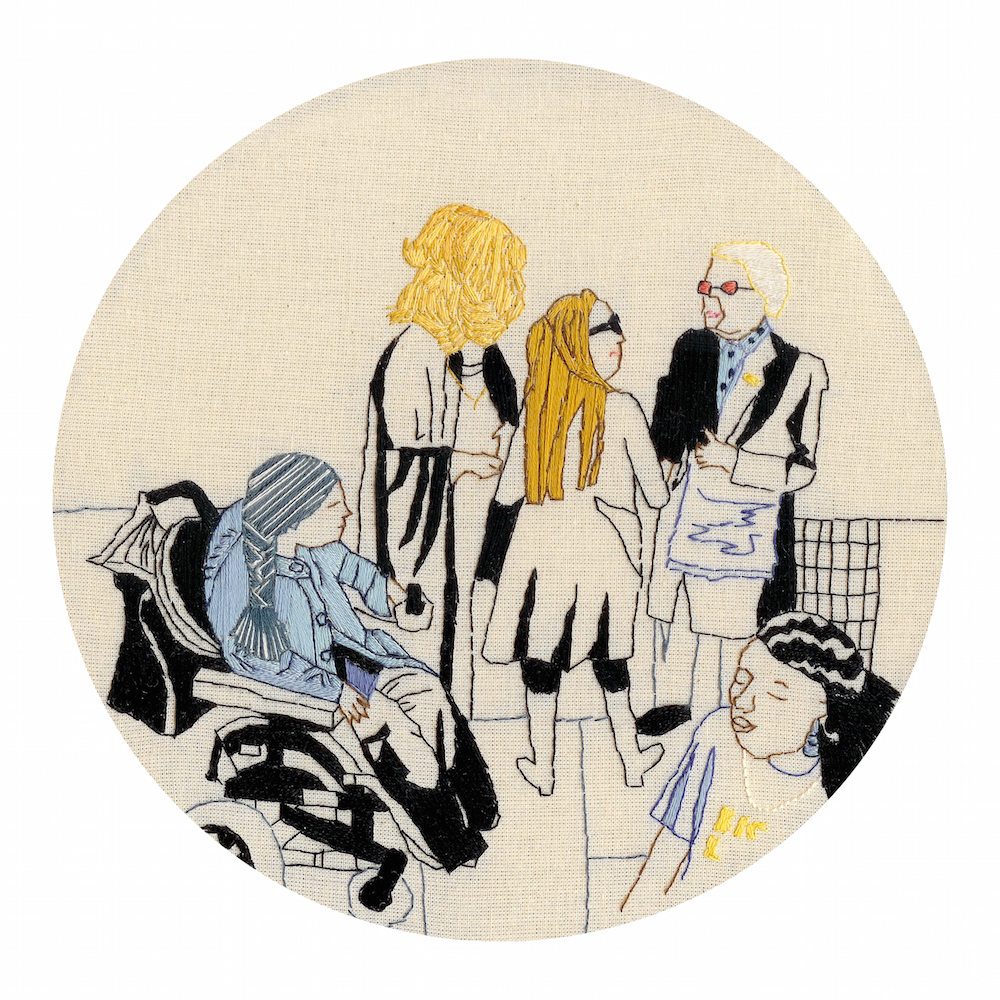
Describe your artistic and creative process. How do you go from your inspiration to physically creating pieces?
Day-to-day, I usually take pictures very discretely on my phone of people I want to draw. I’ll see some one like, ‘Oh, I really want to draw them,’ so I’ll quickly take a picture and then I’ll take it home and it always starts as a pencil drawing that I’ll do and then I’ll turn it into a color drawing. Usually, it’s like a process of selection and also work that I think works in the best sort of narrative fashion with itself.
What about the people in London in particular do you find inspiring?
Even though London is so big, there are so many opportunities for community and you kind of get to know people and there are certain people that you always see that are really unusual. I love that kind of diversity and that community London has. I find that very appealing.
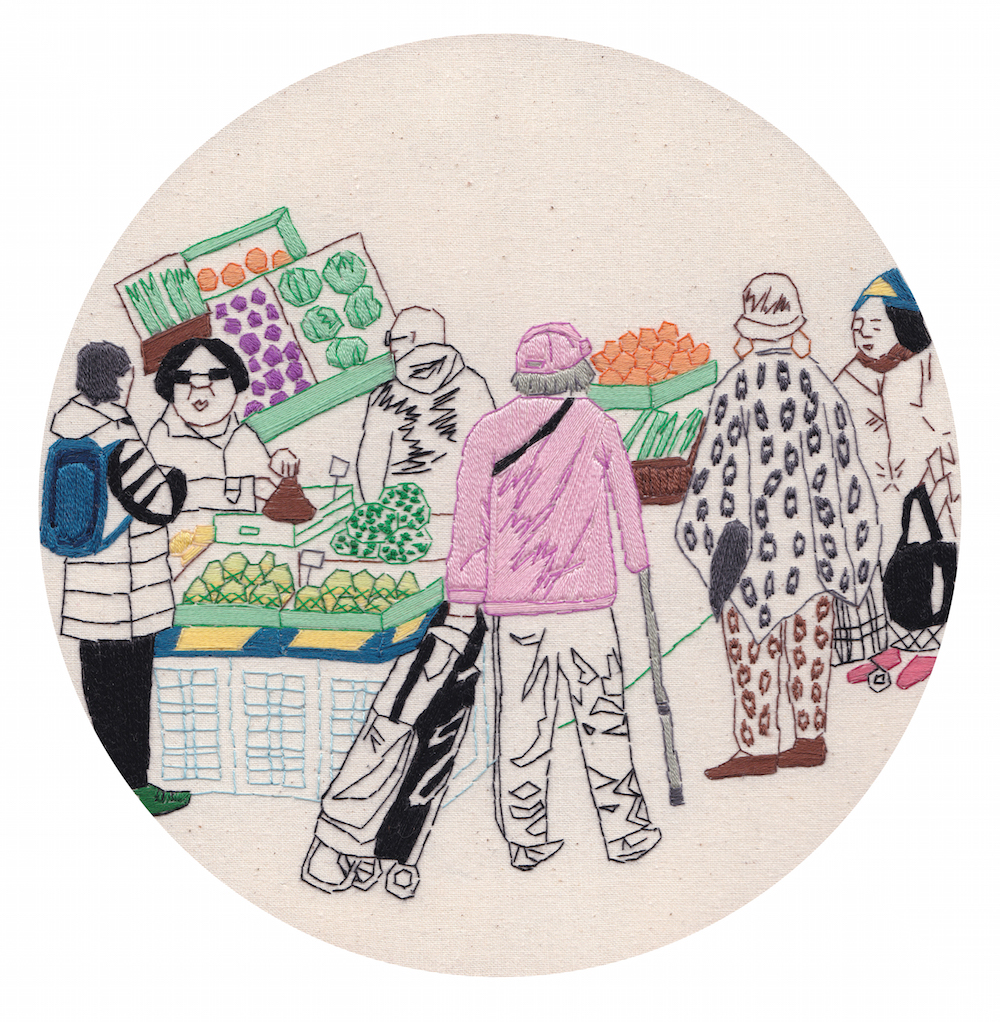
What attracted you to embroidery as a medium?
I have been sewing and kind of doing embroidery and sewing since I was quite young, I’d probably say about seven. It’s kind of a mixture of things. My mum’s side of the family is quite creative. My grandma used to embroider when she was younger and my mum taught me how to sew and I used to sew sequins onto fabric. I remember I got a Get Set needle set kit and it had how to do cross-stitch and different types of embroidery.
It’s always been kind of a hobby and then when I did my foundation, and I went to college, I started putting everything together. Using textiles, doing drawings, and working with a mix. I find it really therapeutic, but then I find it comes naturally to drawing, kind of expressing myself using that medium.
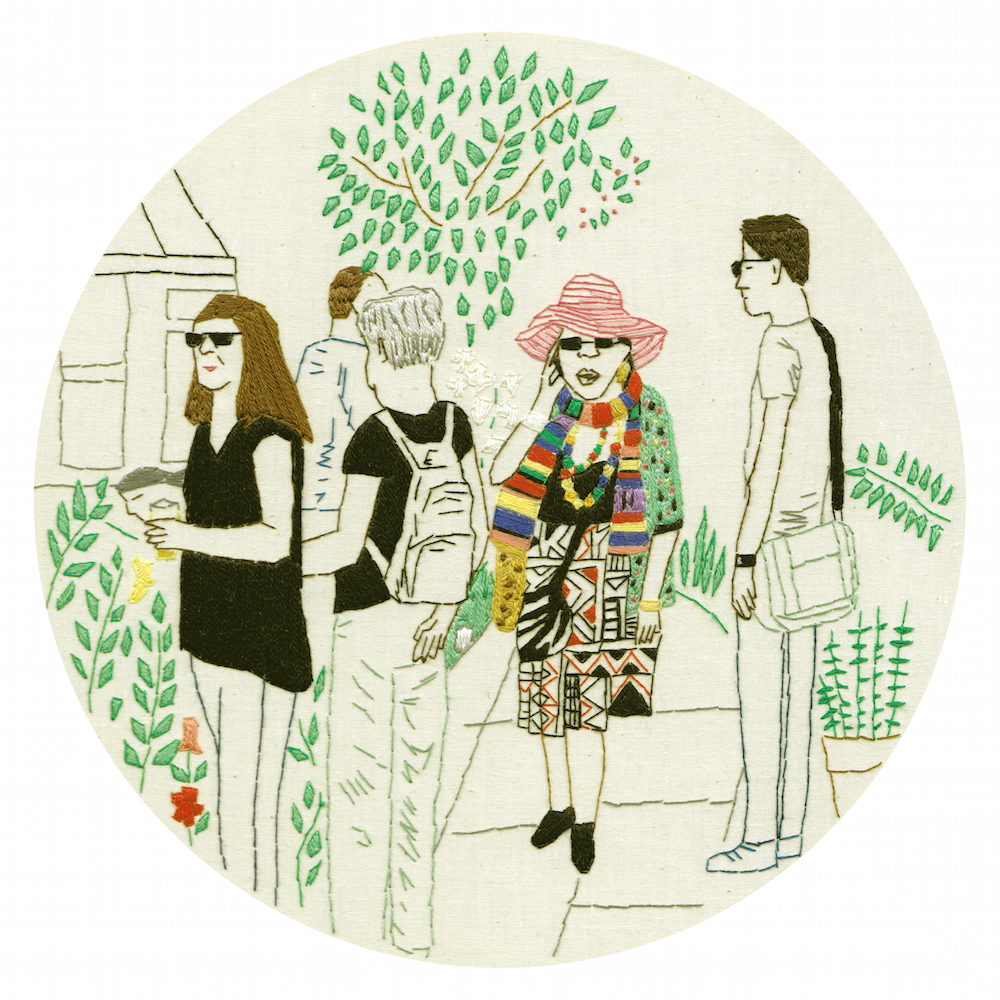
What do you think about connotations that some people have embroidery as being a primarily female art form or a female art medium?
I quite like the idea that it’s kind of a female art and it’s something that we do and that gets passed down. There are a lot of male artists that use embroidery in their art language as well, but I like that it’s a female medium.
As a female artist yourself do you feel like there are different expectations that are placed on you when you display your work?
People have assumptions about craft that it’s going to be sort of a bit amateur sometimes. People will just assume it’s going to look a certain way. Sometimes, when people see my work, they are really surprised that it’s working in a contemporary fashion with something that is very traditional. I think a lot of female textile artists are working in a contemporary way and it’s quite exciting.
Reena’s work is currently on exhibition at The Douglas Fir until March 24th.
You can view some of her work in past issues of majestic disorder:
Related Reading




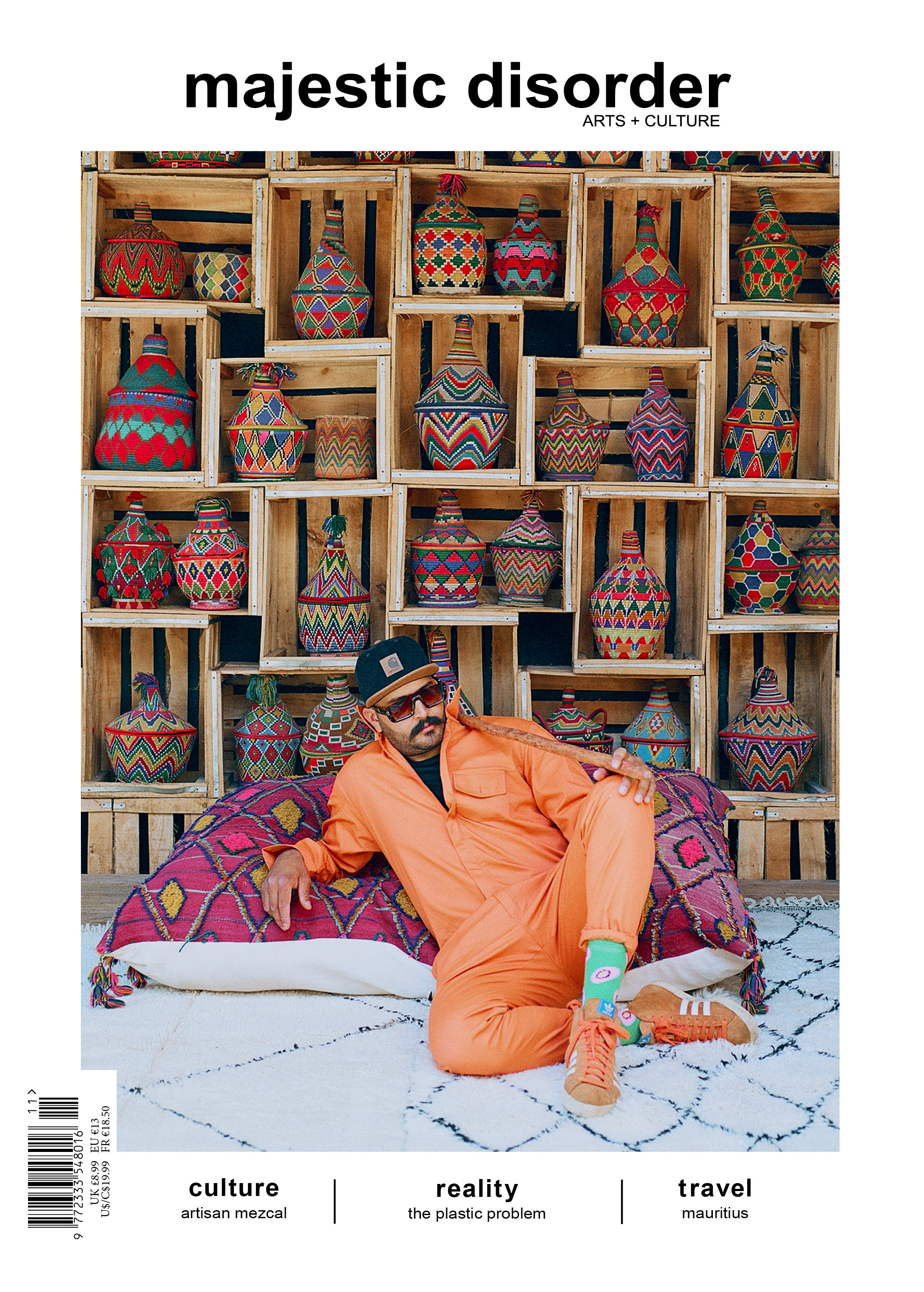
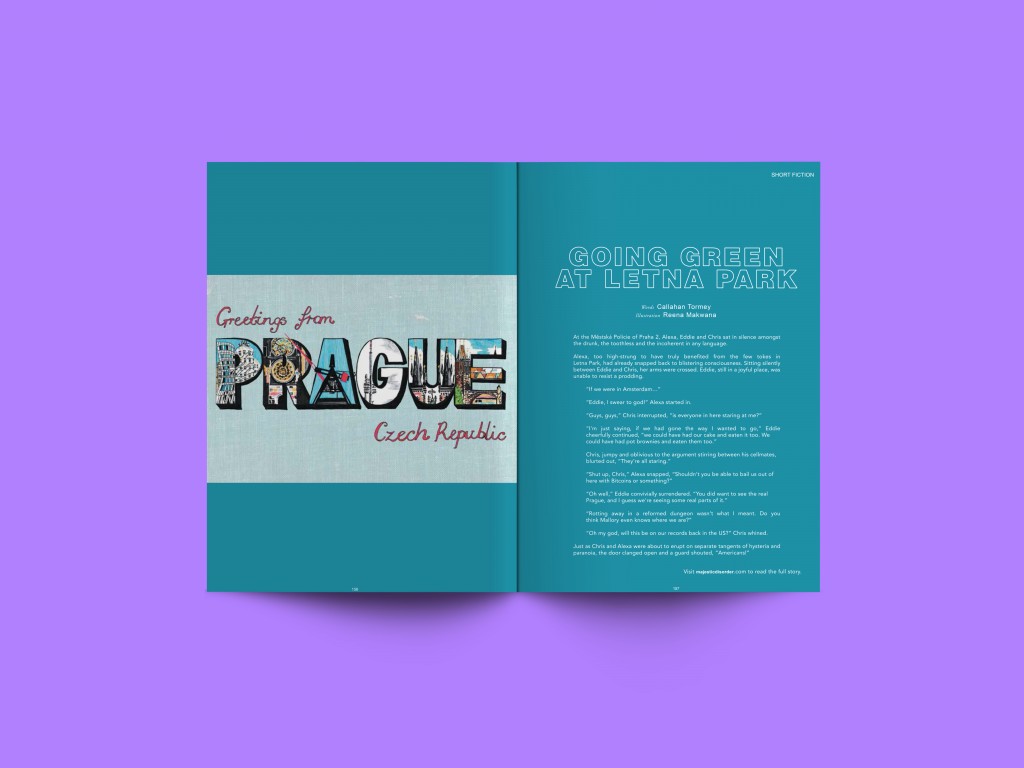
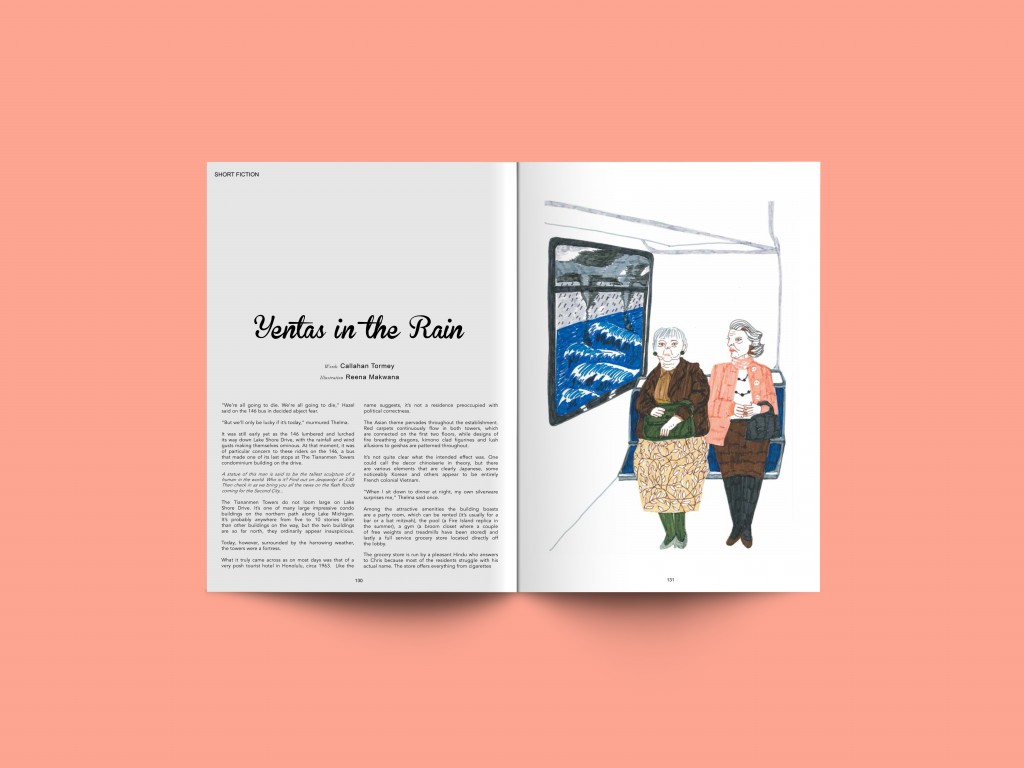
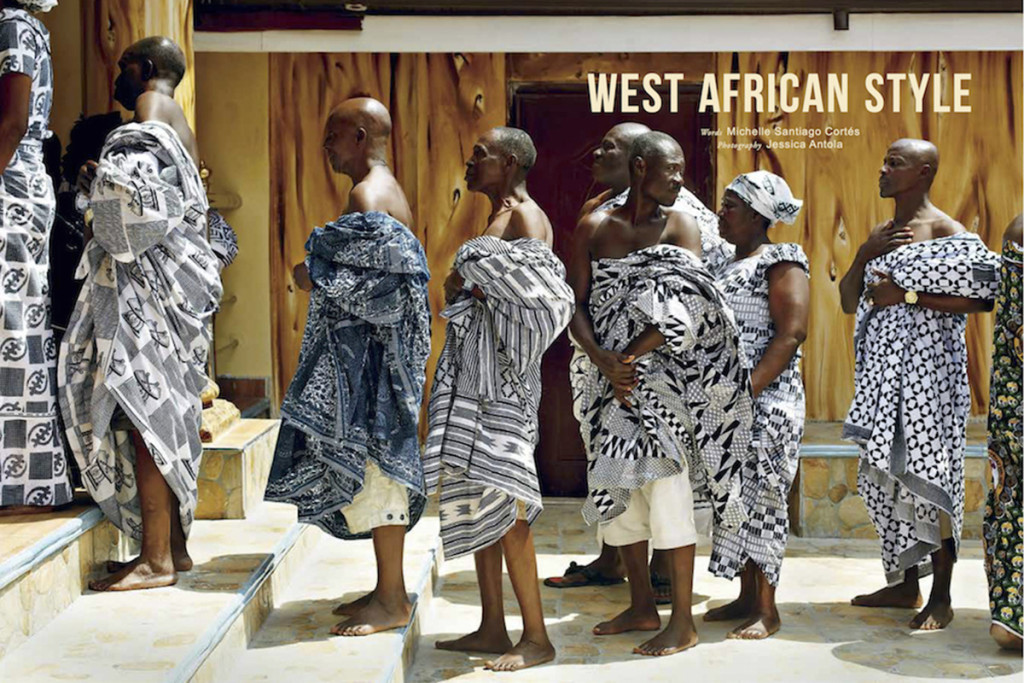
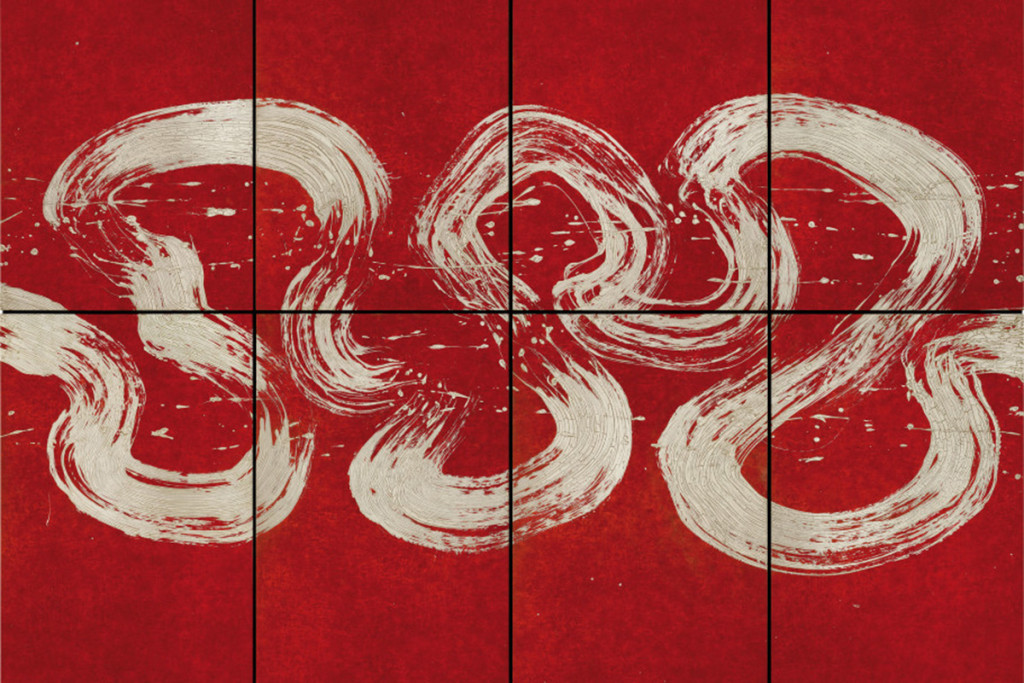
 @majesticdisorder
@majesticdisorder